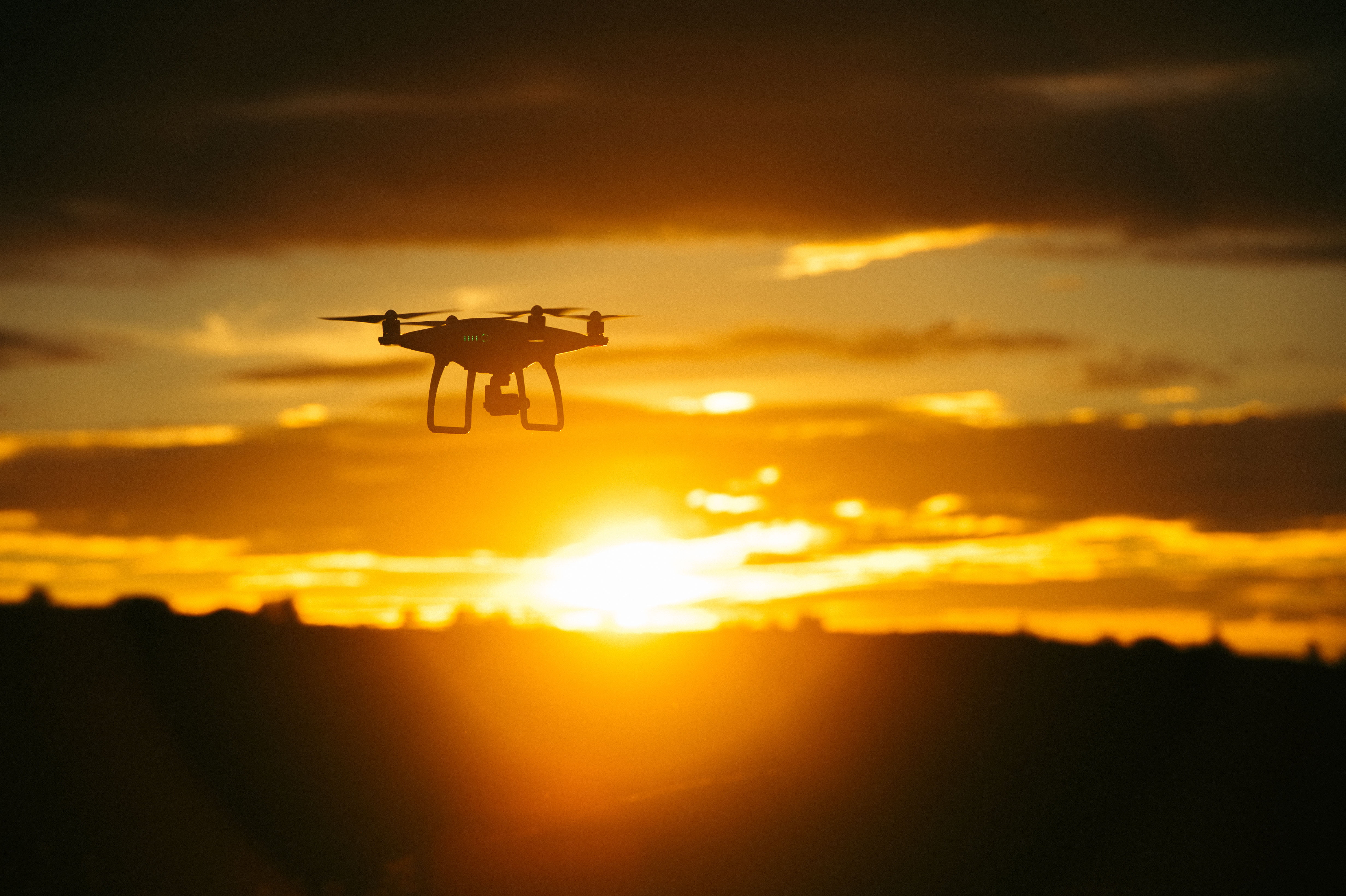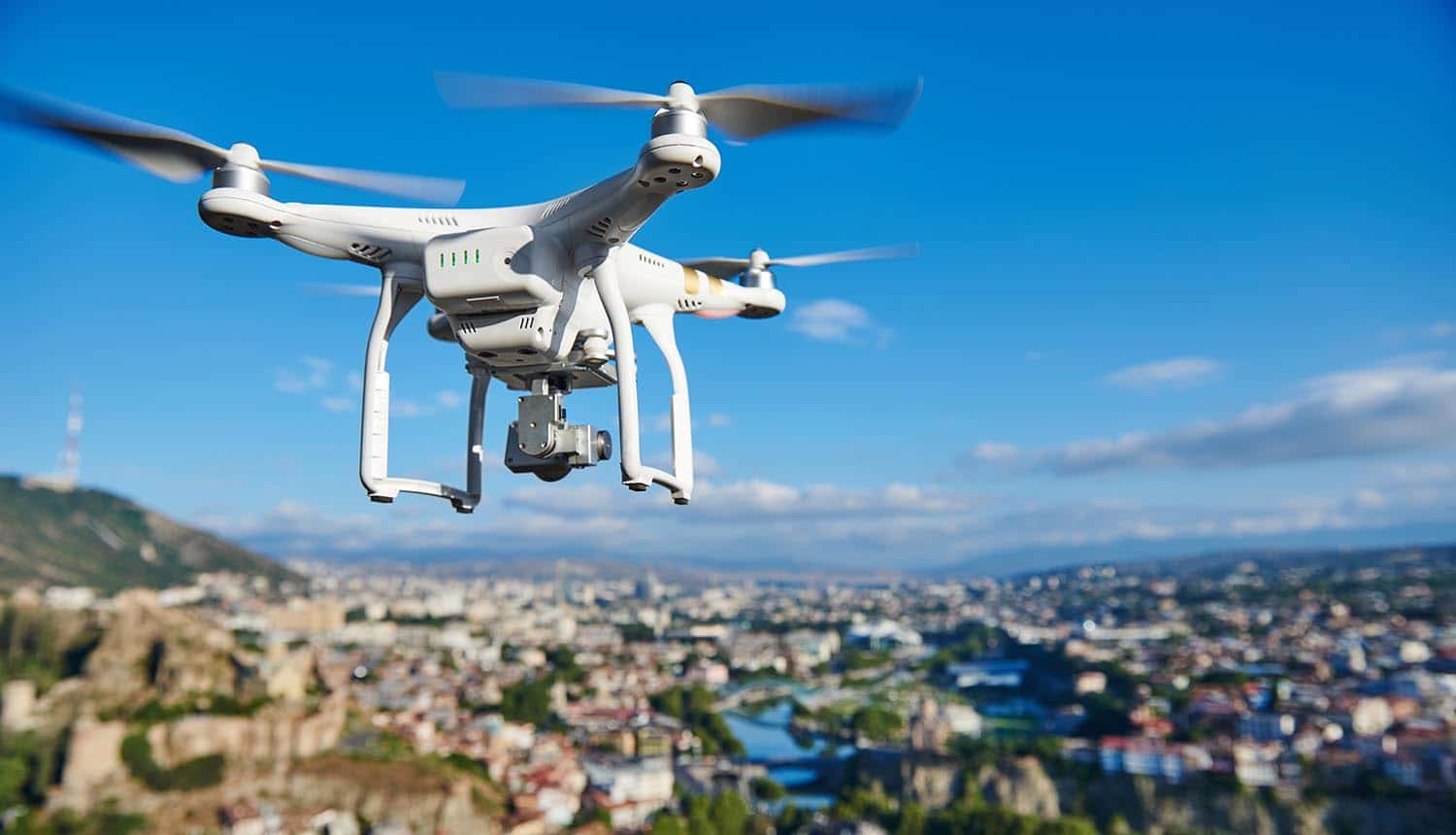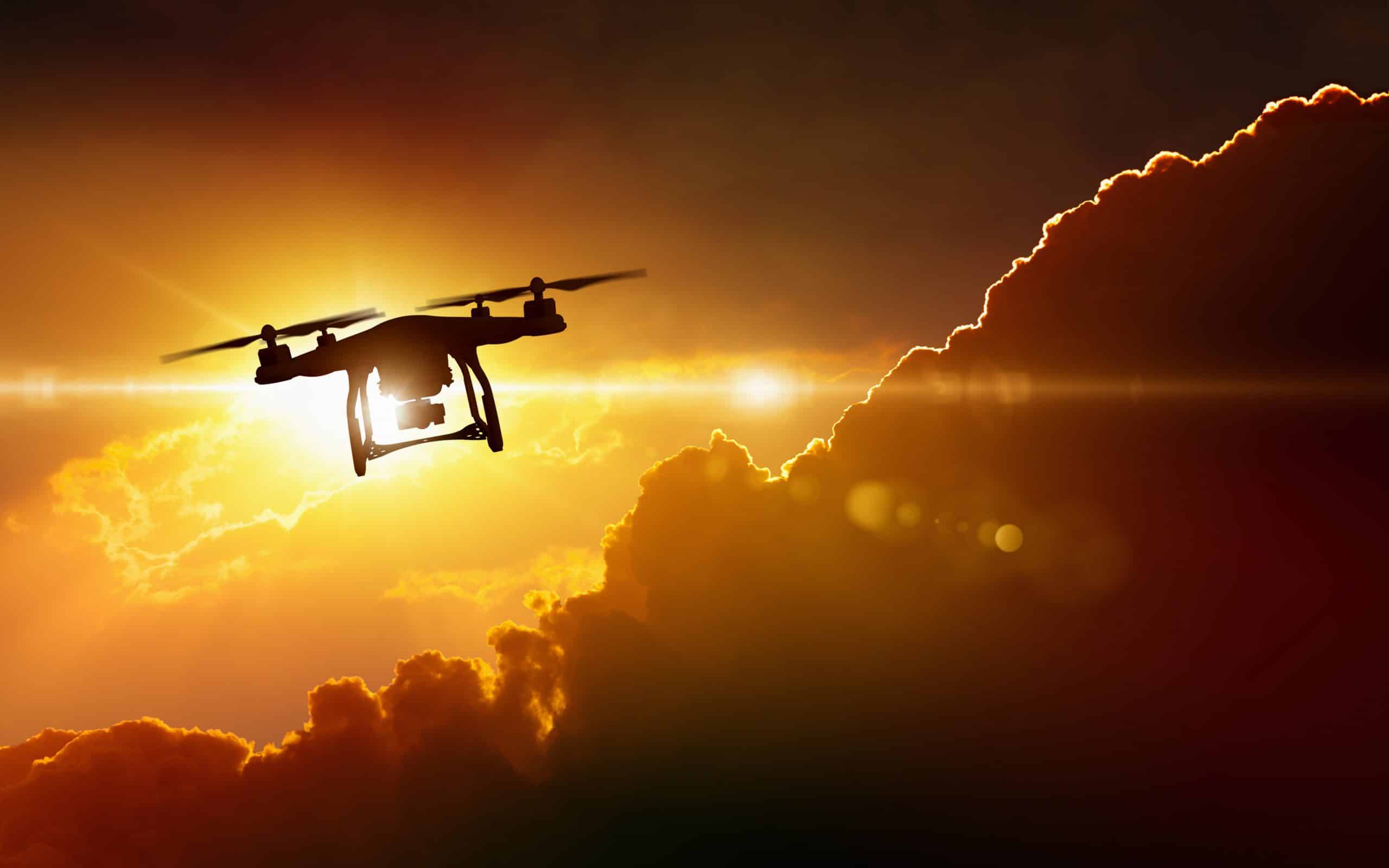Sky elements drones are revolutionizing data collection across diverse industries. These unmanned aerial vehicles (UAVs) are equipped with advanced sensors capable of gathering crucial information about atmospheric conditions, weather patterns, and even celestial bodies. This allows for unprecedented insights into various phenomena, from pollution monitoring to weather forecasting and astronomical observation. The implications are vast, impacting fields like environmental science, agriculture, and meteorology.
This exploration delves into the current applications of sky elements drones, examines future technological advancements and their potential impact, addresses the inherent challenges and limitations, and explores the crucial ethical considerations surrounding their use. We will also showcase specific examples to illustrate the practical applications and data collection methods employed.
The innovative advancements in drone technology are constantly pushing boundaries. For those interested in exploring the cutting edge of aerial robotics, a great resource is the information available at sky elements drones , which offers insights into their latest projects and capabilities. Understanding these developments is crucial for anyone following the evolution of drone applications in various sectors.
Sky elements drones are at the forefront of this exciting field.
Sky Elements Drones: Current Applications and Future Potential

The integration of drone technology with atmospheric and celestial data collection is rapidly transforming various sectors. This technology, often referred to as “sky element drones,” offers unprecedented capabilities for observing and understanding our planet’s atmosphere and beyond. This article explores current applications, future developments, challenges, ethical considerations, and illustrative examples of this innovative technology.
Current Applications of Sky Element Drones

Drones are currently employed across numerous industries to gather data related to sky elements. This data, encompassing weather patterns, atmospheric composition, and celestial observations, is collected and processed using advanced sensor technologies and analytical techniques.
Data collection methods vary depending on the specific application. For instance, meteorological drones often utilize sensors to measure temperature, humidity, wind speed, and pressure. Atmospheric composition analysis might involve deploying drones equipped with spectrometers to measure pollutant concentrations. Celestial observations may involve specialized cameras capable of capturing high-resolution images of stars, planets, and other celestial bodies.
| Industry | Application | Data Collected | Outcome |
|---|---|---|---|
| Agriculture | Crop monitoring and irrigation optimization using thermal imaging to assess plant health and soil moisture. | Temperature, humidity, NDVI (Normalized Difference Vegetation Index), soil moisture | Improved crop yields, reduced water consumption, optimized fertilizer application. |
| Meteorology | Real-time weather data collection during severe weather events (hurricanes, tornadoes). | Wind speed, wind direction, temperature, pressure, precipitation | Improved weather forecasting accuracy, enhanced early warning systems, safer disaster response. |
| Environmental Monitoring | Monitoring air quality in urban areas and industrial sites. | Particulate matter concentration, gaseous pollutants (NOx, SO2, CO), temperature, humidity | Identification of pollution sources, improved air quality management strategies, public health improvements. |
| Astronomy | Atmospheric monitoring for ground-based telescopes, capturing images of celestial objects. | Atmospheric turbulence, cloud cover, light pollution, high-resolution images of celestial bodies | Improved astronomical observations, enhanced image quality, discovery of new celestial objects. |
Future Developments in Sky Element Drones

Significant advancements are anticipated in drone technology that will further enhance the collection and analysis of sky element data. These improvements will involve both hardware and software innovations.
New sensor technologies, such as advanced hyperspectral imaging systems and miniaturized lidar sensors, will provide higher resolution and more comprehensive data. The integration of AI and machine learning will enable automated data processing and analysis, leading to faster and more accurate insights. Improved battery technology and autonomous flight capabilities will extend the operational range and duration of sky element drones.
Conceptual Diagram of a Future Sky Element Drone: Imagine a drone equipped with a modular payload system. This system would allow for the quick exchange of various sensors depending on the mission requirements. The drone would feature advanced GPS and inertial navigation systems for precise positioning and autonomous flight. High-capacity batteries would ensure extended flight times, and a robust communication system would enable real-time data transmission.
The drone would also incorporate AI-powered onboard processing capabilities for preliminary data analysis.
Challenges and Limitations of Sky Element Drones
Despite the significant potential of sky element drones, several challenges and limitations currently exist. These include weather-related constraints, limited battery life, regulatory hurdles, and safety concerns.
- Adverse weather conditions (strong winds, heavy rain, thunderstorms) can severely restrict drone operations.
- Current battery technology limits flight duration, restricting the scope of data collection.
- Regulations governing drone operations vary across jurisdictions, creating complexities in deployment.
- Safety concerns related to drone malfunctions or collisions pose risks to both people and property.
Cost-effectiveness is another consideration. While drone-based data collection can offer significant advantages in certain scenarios, the initial investment in equipment and ongoing operational costs may exceed those of traditional methods in other cases.
- Develop robust weather forecasting models to optimize drone deployment schedules.
- Invest in research and development of advanced battery technologies.
- Work with regulatory bodies to establish clear and consistent drone operating guidelines.
- Implement comprehensive safety protocols and training programs for drone operators.
Ethical Considerations of Sky Element Drones, Sky elements drones
The use of sky element drones raises several ethical considerations, particularly regarding data privacy, security, and potential biases.
Data collected by these drones may contain sensitive information, raising concerns about unauthorized access and misuse. Algorithmic biases in data processing could lead to skewed interpretations and potentially unfair outcomes. There is also a risk of the data being misused for malicious purposes, such as surveillance or environmental manipulation.
- Establish robust data encryption and access control protocols.
- Develop methods to identify and mitigate algorithmic biases in data processing.
- Implement strict guidelines to prevent the misuse of sky element drone data.
- Promote transparency and accountability in the development and deployment of sky element drones.
Illustrative Examples: Specific Sky Element Data and Drone Applications
The versatility of sky element drones extends to diverse applications. Here are some examples illustrating their capabilities.
Atmospheric Pollution Monitoring: Drones equipped with gas sensors and particulate matter detectors could create detailed 3D maps of pollution plumes, pinpointing sources and tracking their dispersion patterns. Visual representations could use color-coded maps to illustrate concentration levels, allowing for targeted interventions.
Cloud Formation and Weather Pattern Study: Drones equipped with high-resolution cameras and meteorological sensors could capture detailed images and measurements of cloud formations at various altitudes. This data could be used to enhance weather prediction models and improve our understanding of atmospheric processes.
Celestial Body Tracking: Drones equipped with specialized cameras and telescopes could track the movement of celestial bodies, capturing high-resolution images and spectral data. This information could contribute to astronomical research and enhance our understanding of the universe.
The integration of drone technology with sky element data collection presents a paradigm shift across multiple sectors. While challenges remain regarding regulation, cost-effectiveness, and ethical implications, the potential benefits are undeniable. As technology continues to advance and ethical frameworks are established, sky elements drones promise to become increasingly indispensable tools for scientific research, environmental monitoring, and a multitude of other applications, leading to a deeper understanding of our planet and the cosmos.
FAQ Summary: Sky Elements Drones
What types of sensors are commonly used in sky elements drones?
Common sensors include GPS, IMUs, cameras (visible, infrared, thermal), lidar, and various atmospheric sensors measuring temperature, humidity, pressure, and wind speed.
Sky elements drones, with their intricate choreography and vibrant displays, are pushing the boundaries of aerial entertainment. However, even the most advanced technology can experience setbacks, as highlighted by the recent orlando drone show malfunction , which serves as a reminder of the complexities involved in large-scale drone operations. Understanding such incidents helps improve safety protocols and refine the overall sky elements drone experience for future shows.
How long can sky elements drones typically operate before needing a battery recharge?
Flight time varies significantly depending on the drone model, payload, and weather conditions. Typical flight times range from 20 minutes to several hours for larger, more advanced models.
What are the main regulatory hurdles faced by sky elements drone operators?
The integration of advanced technology in drone operations is constantly evolving. Companies like Sky Elements are at the forefront of this innovation, pushing boundaries with their cutting-edge designs. For a closer look at their impressive range of drones and their capabilities, check out their website: sky elements drones. Sky Elements drones represent a significant leap forward in aerial technology, offering solutions for various industries and applications.
Regulations vary by country and region but often involve airspace restrictions, licensing requirements for operators, and limitations on data collection in certain areas.
What is the cost of operating sky elements drones compared to traditional data collection methods?
While initial investment can be substantial, drone-based data collection can often be more cost-effective in the long run, especially for large-scale projects, by reducing labor costs and improving efficiency.